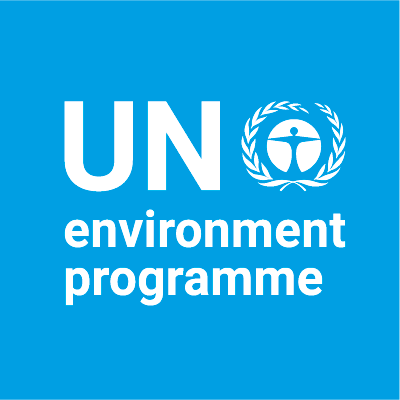UNEP partners with local Korean governments to combat air pollution
The Republic of Korea has recently turned to some high-tech devices in its ongoing fight against air pollution.
Last month, 5G-enabled autonomous robots began rolling through an industrial complex in the country’s south to monitor air quality. This week, thousands of miles above them, a Korean satellite began offering real-time air quality data to the public.
The machines are the latest additions to a state-of-the-art arsenal the country has deployed to fight its notorious air pollution.
Now, a new partnership between the United Nations Environment Programme (UNEP) and the Republic of Korea’s Capital Metropolitan Area, which includes Seoul, Incheon and Gyeonggi province, will help officials expand their efforts to tackle air pollution and share their best practices with other regions suffering from poor air quality.
“Seoul, Incheon and Gyeonggi-do have found it beneficial to cooperate to improve air quality in our shared region,” said Eui-Sik Uhm, Director General for Environment and Energy with the Seoul Metropolitan Government. “We will continue to work together to advance air pollution improvement technologies and policies, and hope that this knowledge will serve other areas around the world suffering from the same issues.”
Asia and the Pacific is at the center of a public health crisis, with about 4 billion people exposed to unhealthy levels of air pollution. It is a problem felt acutely in the Republic of Korea, where the mean exposure of the population to a toxic particle known as PM2.5 is the highest of any state in the Organization of Economic Cooperation and Development. PM2.5 levels in Seoul, the capital, are about twice those of other major cities in developed countries, though some particulate levels have been dropping in recent years.

